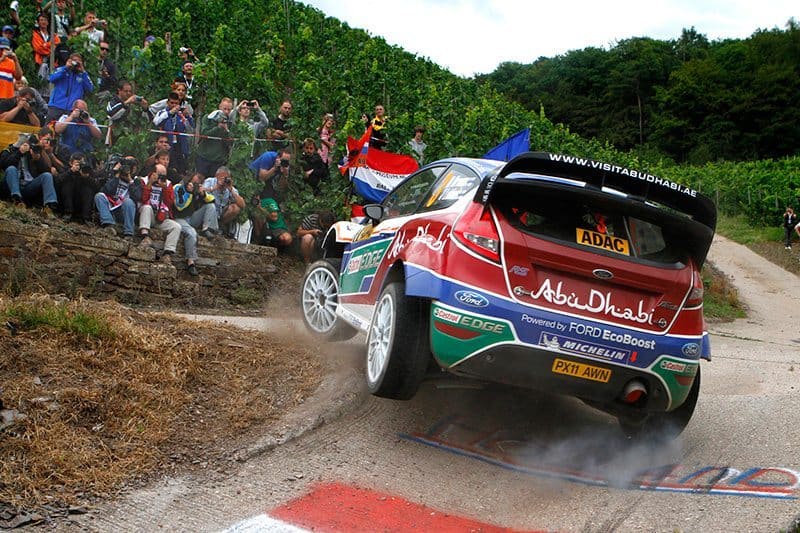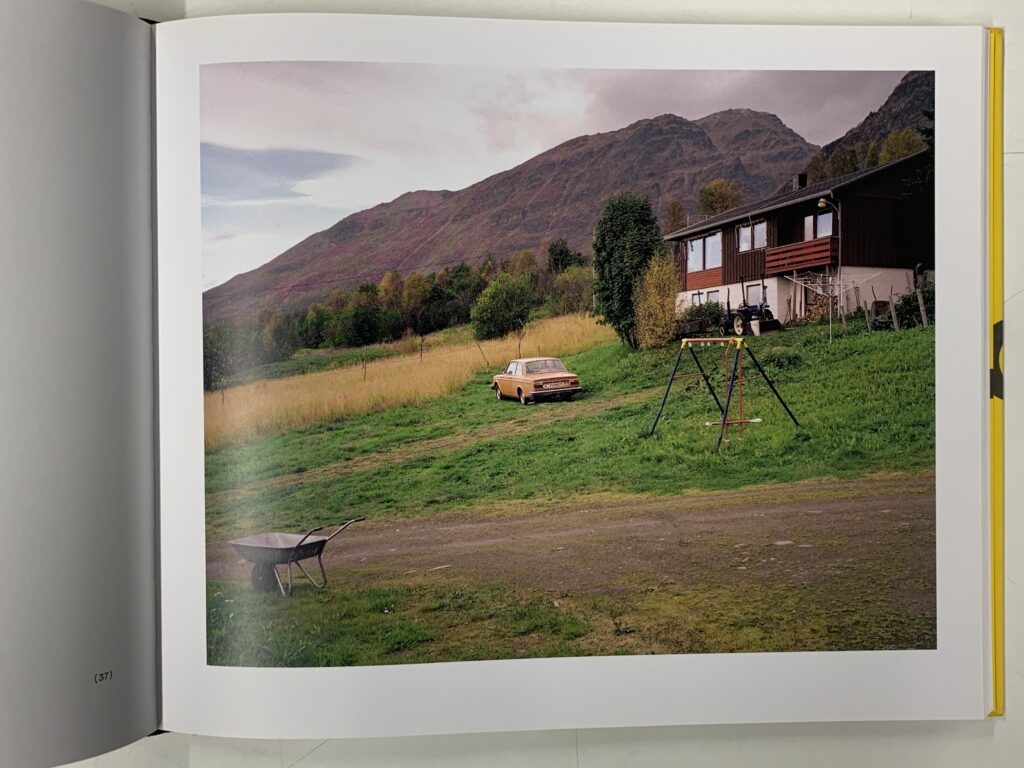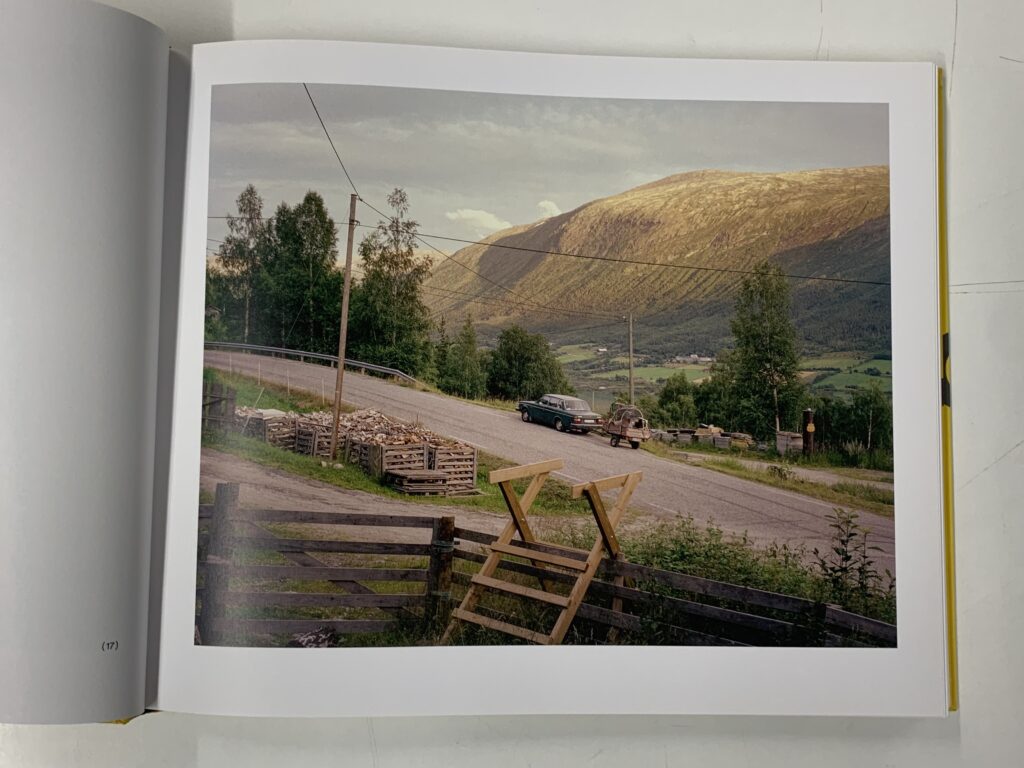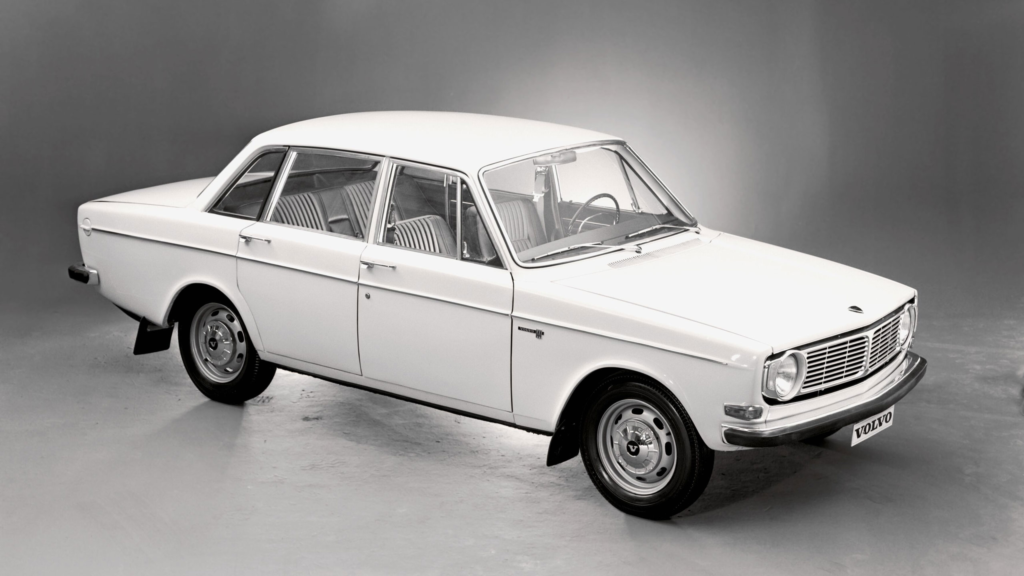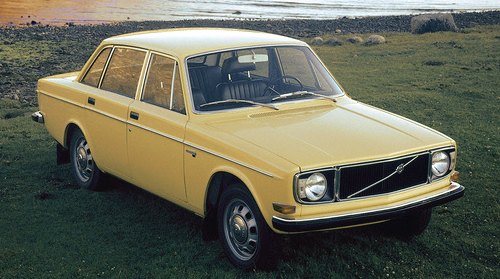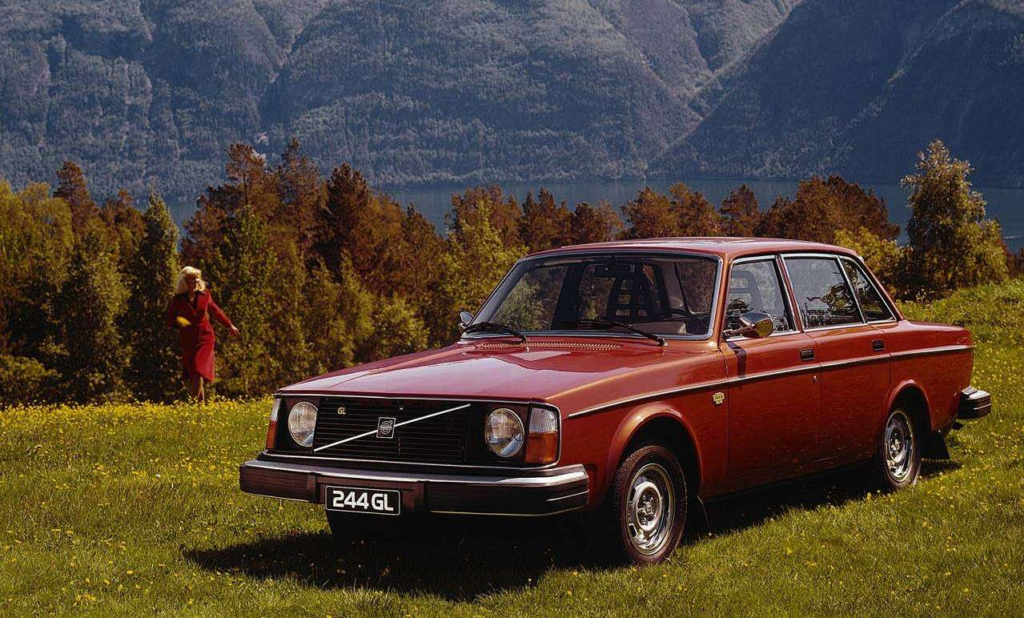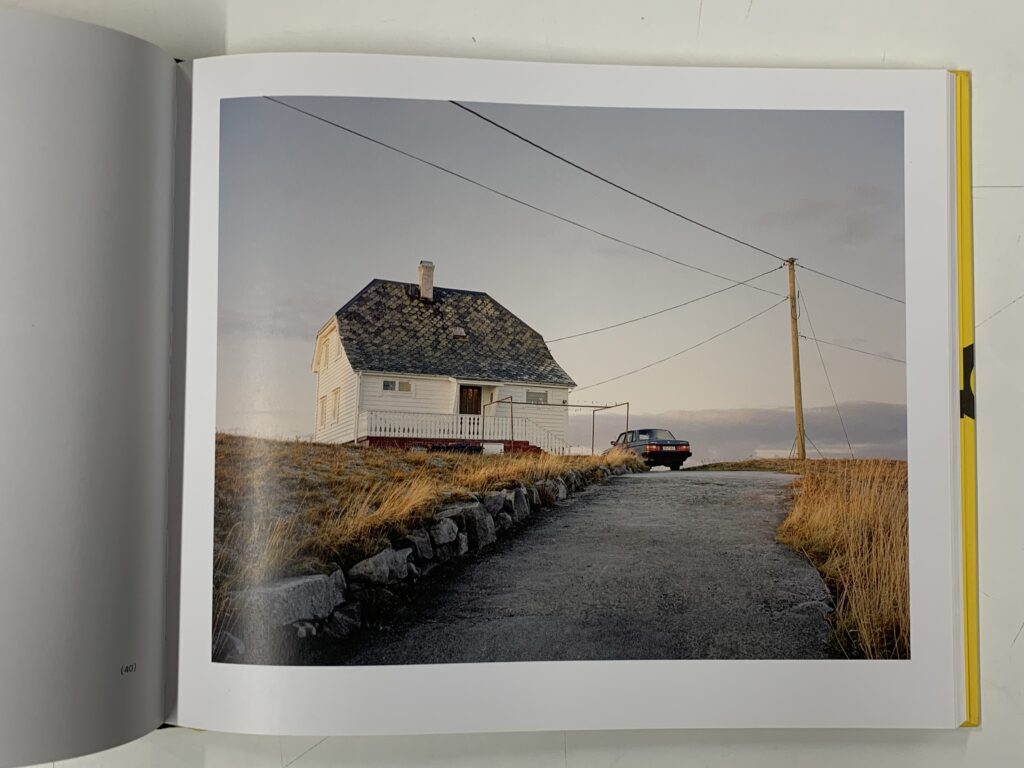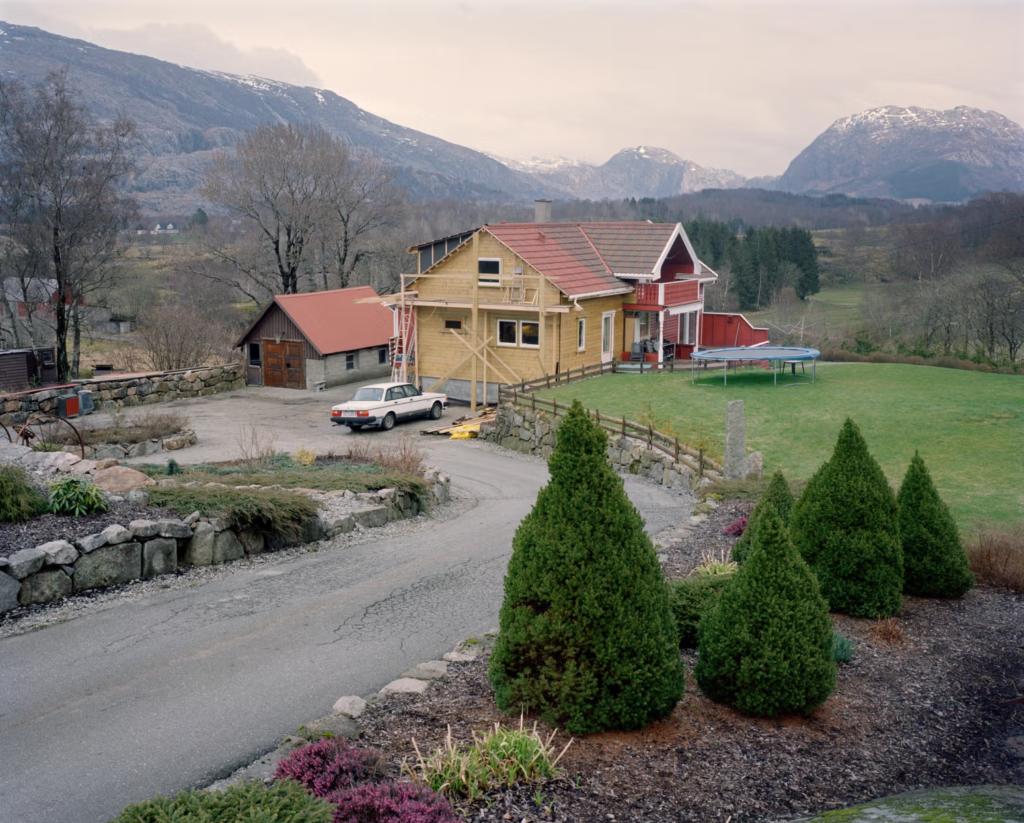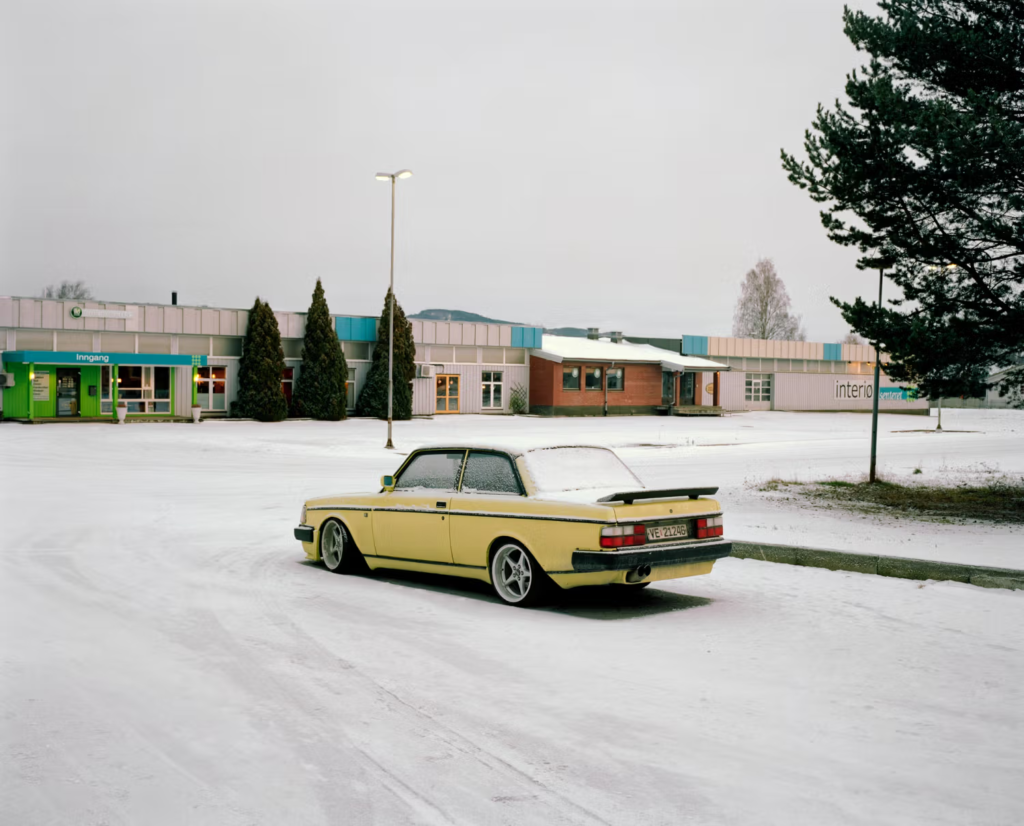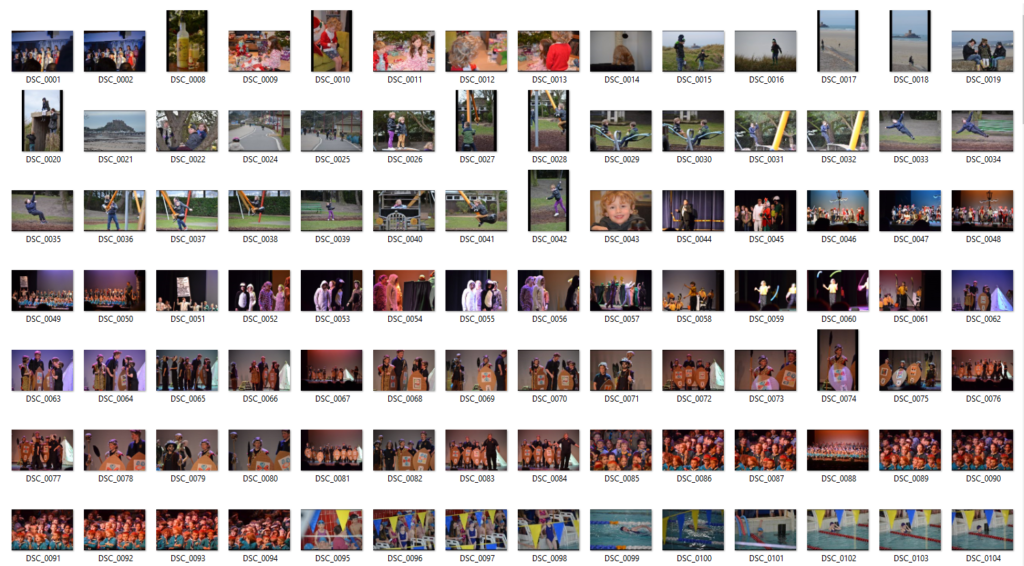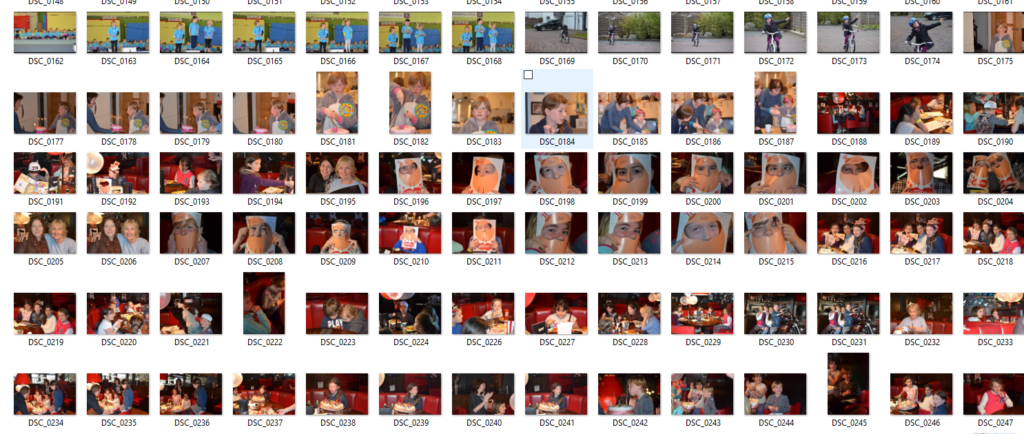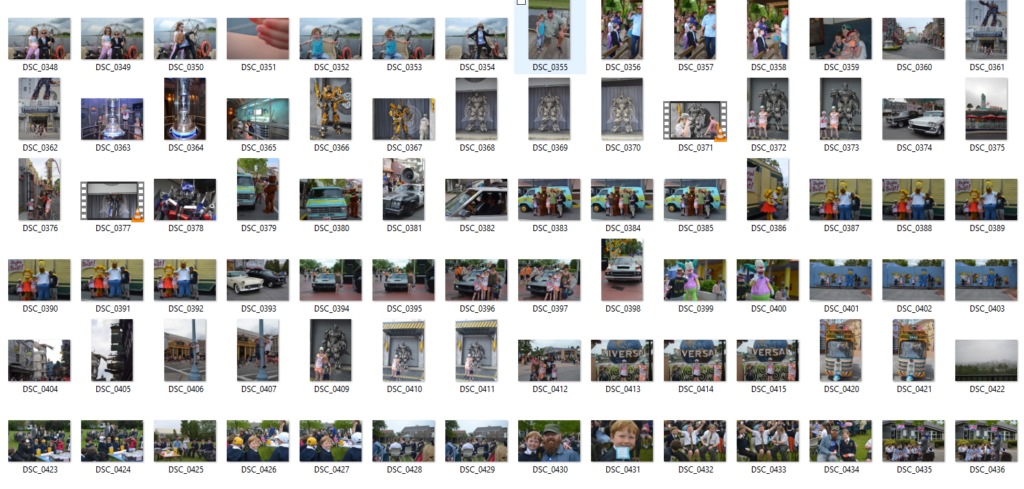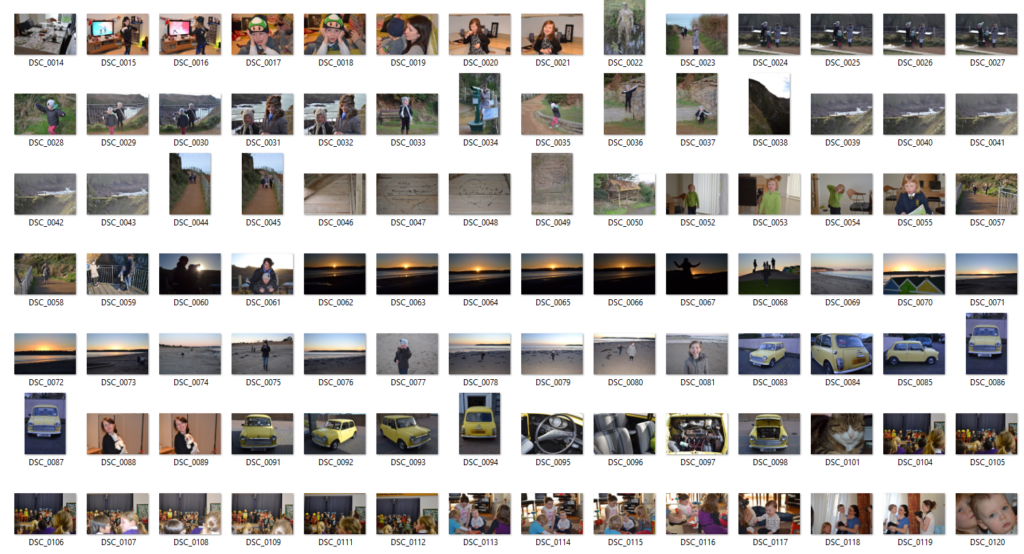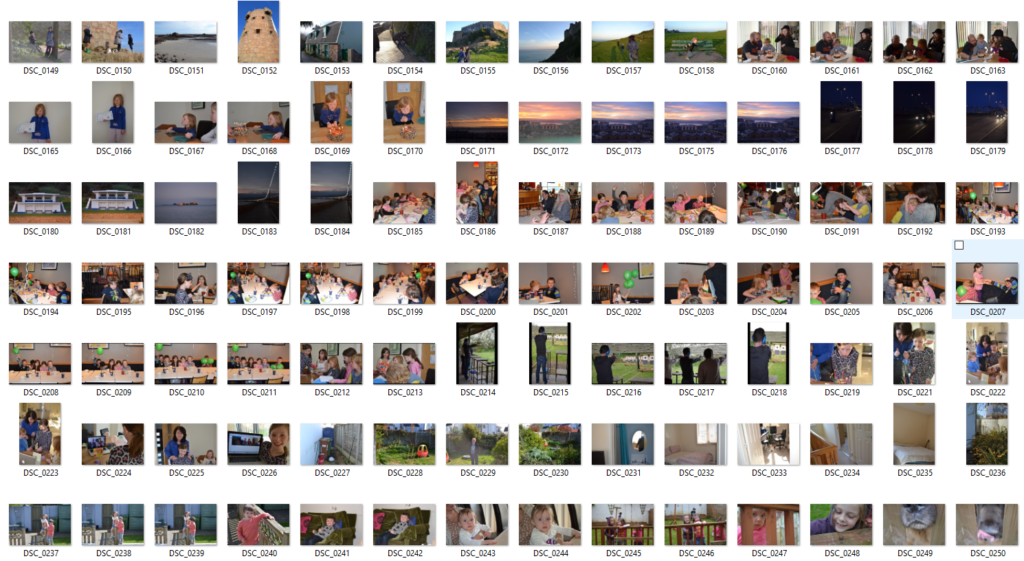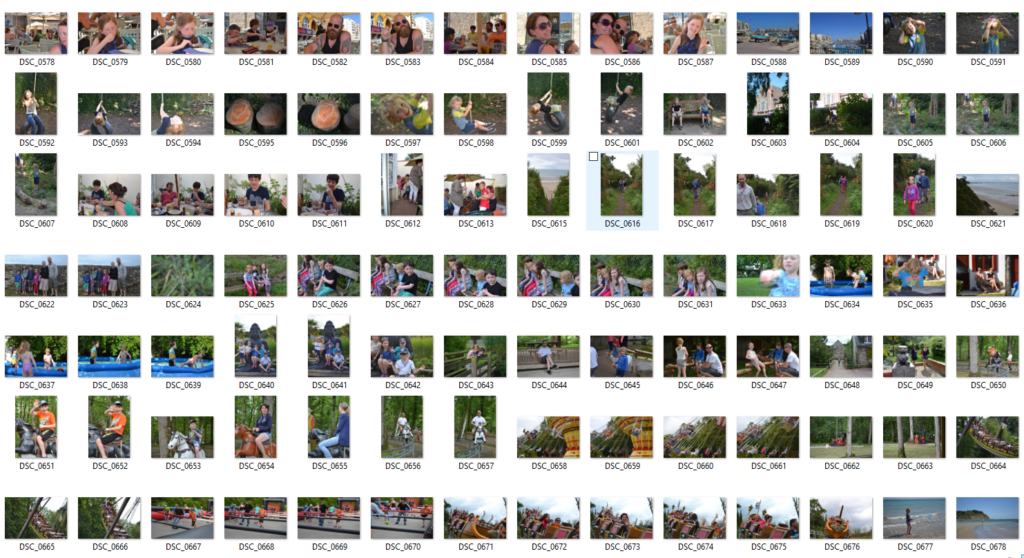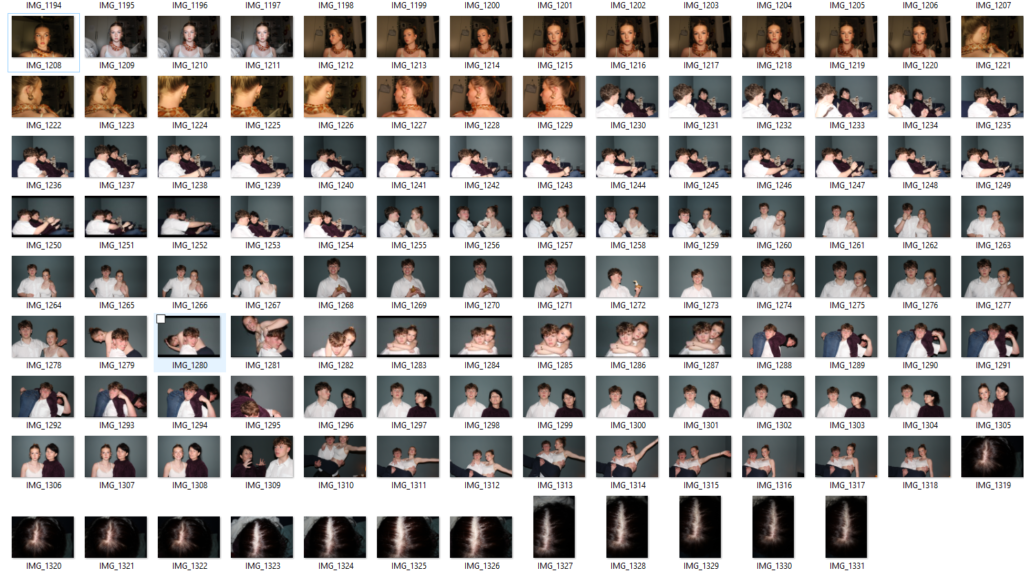Maurice Selden is a well-known and very prolific rally photographer, whose career spanned 45 years from 1973 to 2018. Selden first started out capturing WRC events working for various publications, slowly working his way up through the ranks, and by 1982 had become the chief photographer for the motorsport publication LAT, covering rally and Formula 1 events all over the world. His photographs made waves through media at the time, and many were used for brand advertisements such as Ford.
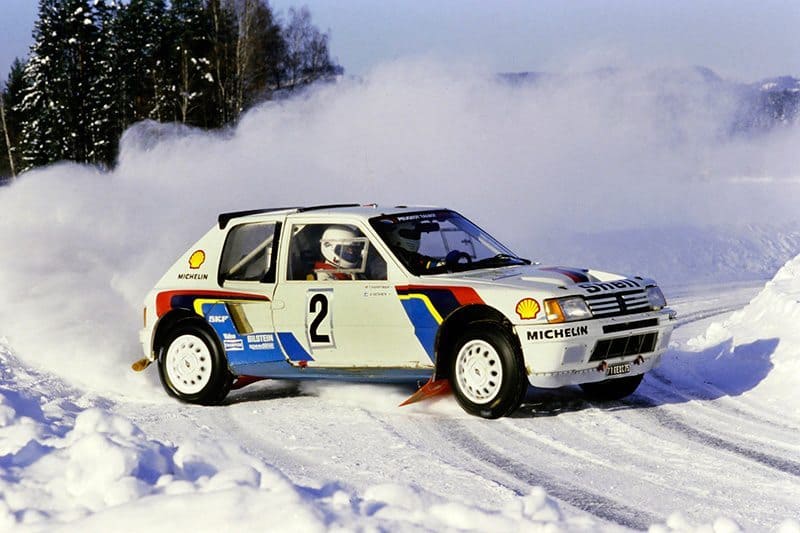
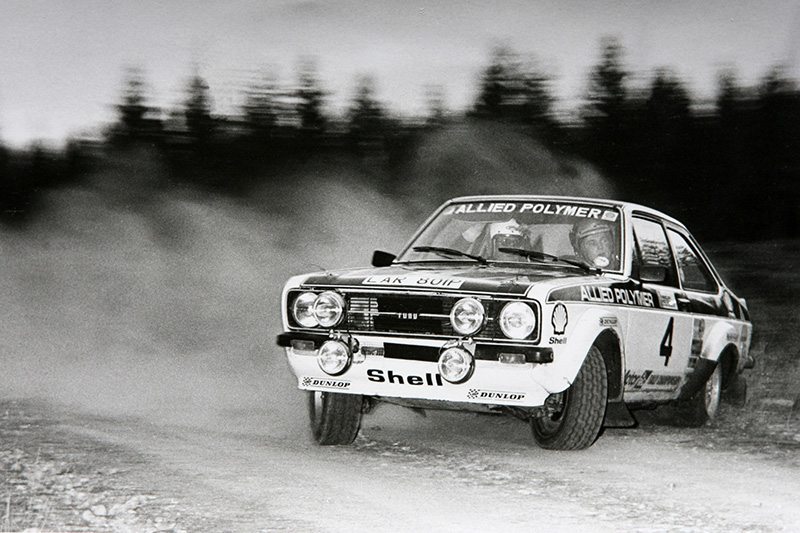
Here are two incredible photos by Maurice Selden, of the same driver, Ari Vatenen, in two different rallies 10 years apart. These two photos share very similar attributes that make the photos striking, demonstrating Maurice Selden’s method and style, and showing exactly how Selden finds the ‘decisive moment’ in rally photography. In my opinion, the root of his method begins with an obstacle (i.e. a corner, a jump), and how the car must act to manoeuvre this obstacle. On the left is an image of Ari Vatanen in a Peugout 205 T16, an all-wheel drive rally car made for Group B. For this photo, Selden stands on the outside of the exit to a hairpin corner, where the cars will be powering out of the corner sideways, creating a big dust cloud behind them. This perspective is perfect for two reasons; the obstacle is clear, you can see where the car came from and where it is going, and the car is all-wheel drive, meaning that the driver will perform the corner sideways before regaining grip and exiting the corner straight. Maurice Selden captures the image right before the car straightens up, and in turn, captures the car mid-slide, catching the velocity of the car in the shot. The same principle appears in the photo on the right, except in this one, Maurice Selden is standing on the inside of the corner. This shot only works because the car is rear-wheel drive, and Ari Vatanen has had to swing the back of the car out in order to make the corner without crashing into the ditch on the outside. Additionally, in comparison to the photo on the left, Selden is much closer to the corner, and has to follow the car fast, resulting in a very prominent motion blur in the background, which consequently captures much more velocity overall. But it is this velocity that ultimately makes these photos striking, it enables the viewer to feel the motion of the car and, overall, captures the raw soul of these machines.
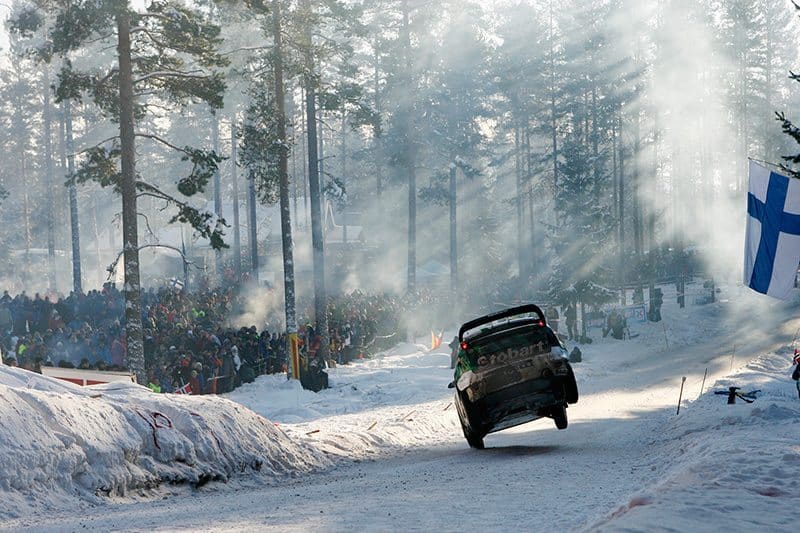
Rally photography is a very raw form of photography. The sheer speed of these cars requires fast shutter speeds, and the utilisation of whatever lighting the photographer can find to make these photos pop, which essentially boils down to either; a low hanging sun, or a camera flash. These are not controlled environments, and photographers will resort to using whatever elements possible to capture these beastly machines. This photo is a good example of how Maurice Selden does this while also catching the velocity of the car in the same shot. It is clear that Selden stood at this perspective understanding that the misty conditions create these god rays that majestically light up the snowy forest. But also, Selden considers that the cars will be hurdling through the air after hitting the jump to the left that is out of shot. It is the combination of these two factors that make up this photo; all Selden must focus on doing is capturing the car mid-air to catch its velocity. In this photo, the car is just about to hit the ground, a pivotal moment that captures anticipation and fear. The car is nearly sideways, and possibly didn’t even land the jump, but it is this specific decisive moment that Selden knew to capture because of its intensity and suspense. And it is this understanding of where the decisive moment is that ultimately makes Maurice Selden such a great photographer.
